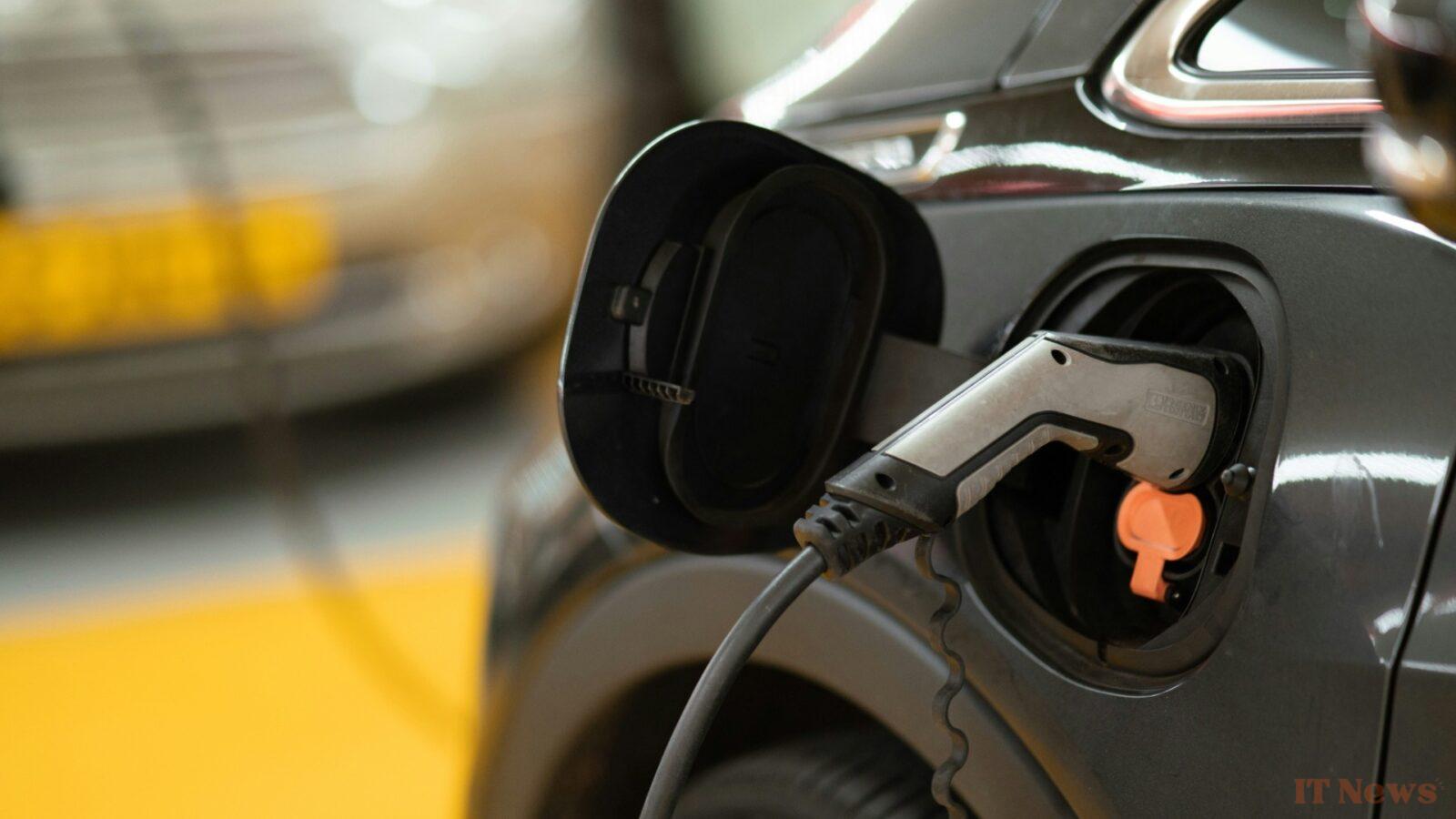First observation: charging at home with a conventional outlet is the least efficient method. The alternating current (AC) from the network must be converted into direct current (DC) by the vehicle's onboard charger, which causes significant losses. In addition, the car's electronics remain active throughout the charging process, which consumes even more energy.
Charging at home: a more economical option, but with losses
ADAC tested four vehicles—Fiat 500e, Renault Zoe, Tesla Model 3, and VW ID.3—in three configurations: wall socket, 11 kW wallbox, and reduced-power wallbox. The result: losses ranged from 6% to 24% depending on the configuration.
For example, the Renault Zoe loses 24.2% of its energy when charging with a conventional outlet, but only 9.7% via a wallbox. The Fiat 500e fares best with only 6.3% losses at the wallbox. In short, the faster the charging, the fewer losses, provided you have a suitable installation.
Second part of the study: direct current (DC) charging at a fast charging station, often used on long journeys. Here, the losses do not come from current conversion, since this is handled by the station. But high power generates heat, and the battery must be cooled (or sometimes heated). This thermal management consumes part of the energy supplied... which will not go into the battery.
In cold weather, up to 10% of the energy can be lost simply by heating the battery. A car like the Tesla Model Y loses 10% without preheating, compared to only 3% if the battery has been prepared in advance.
Ultimately, losses during DC charging vary between 5% and 15%, depending on the temperature and the model. And despite its speed, fast charging generally costs more per kWh, which limits the economic interest, especially if it is accompanied by high losses.
For users, the best strategy remains to charge at home via a properly installed wallbox, favoring the maximum authorized power. This limits the charging time, and therefore reduces losses related to on-board electronic devices.
The ADAC study also recommends that manufacturers improve the efficiency of on-board chargers and reduce the consumption of electronic systems during charging. Another suggestion: more transparency on energy losses, which are often invisible to the end user.
At a time when every kilowatt-hour counts, these energy losses can represent up to a hundred euros per year for a regular driver. A good reason to check how, and especially where, you plug in your electric car.



0 Comments